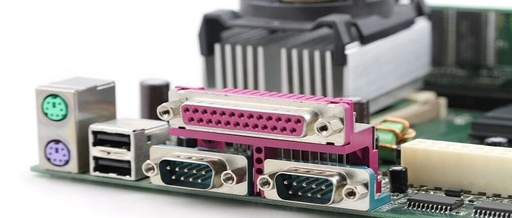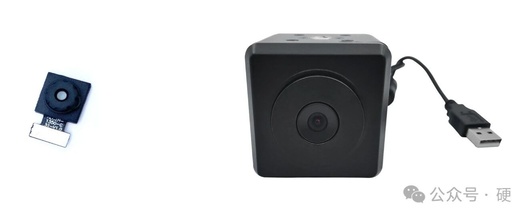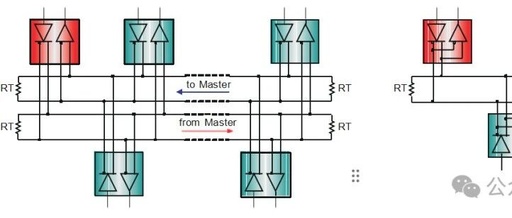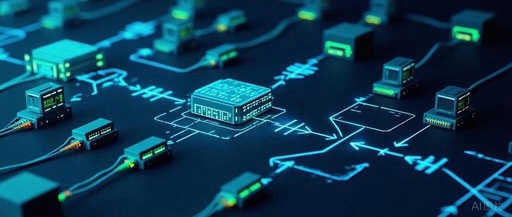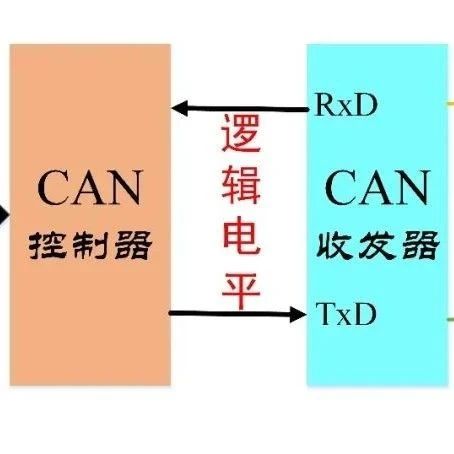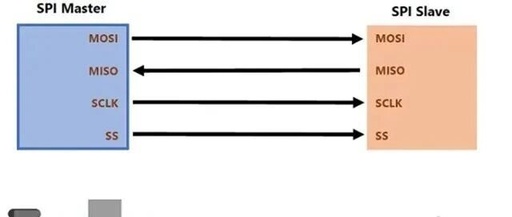Detailed Explanation of MODBUS Protocol 2: A Beginner’s Guide to Mastering Core Communication Elements
Click to follow and never lose your way in learning! Last time, we ventured into the mysterious world of the MODBUS protocol and conducted a preliminary exploration of this “big player” in industrial communication. I wonder if you are still immersed in that wonderful learning atmosphere? If your knowledge isn’t solid, make sure to review … Read more

